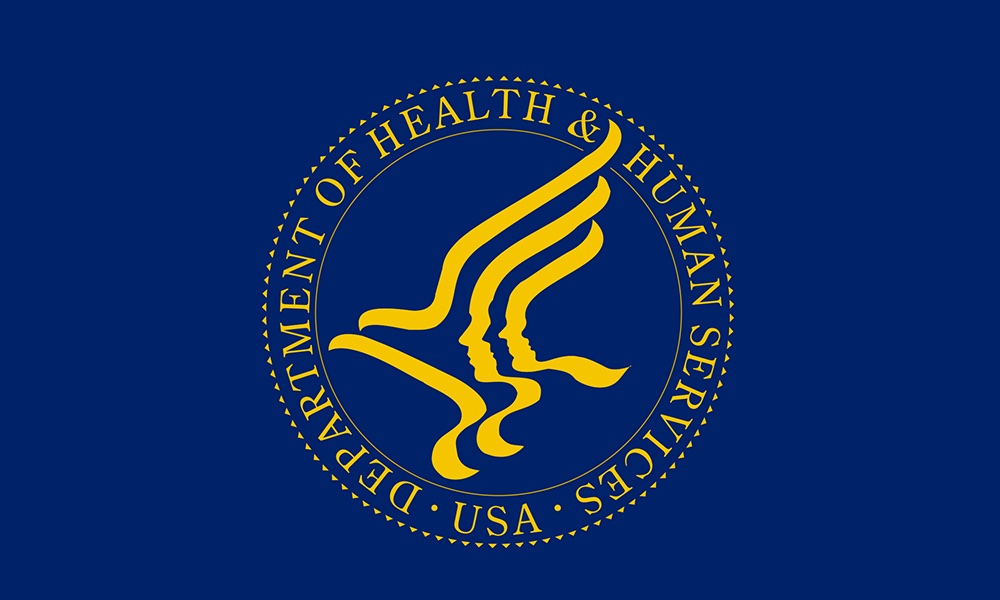After hospitalization for heart failure, discharged patients returning home may feel their job is to take it easy and recover. But a Canadian study of heart failure patients finds that follow-up care makes an enormous difference in successful recovery.
Seeing a doctor within 30 days of leaving the hospital reduced patients' readmission rates and risk of death. And when the doctor was familiar with the patient, the improved odds were even higher.
The benefits of seeing a familiar doctor weren't obvious early on but showed up as the six-month study progressed.
The first 30 days after discharge are important for all hospital patients, but they're particularly worrisome for heart failure patients, who have a high risk of death or hospital readmission during those 30 days. These risks go down when discharged patients have follow-up visits to a doctor shortly after release.It has been argued that when it comes to heart patients at least, better knowledge of how to treat heart failure and clear treatment guidelines have made continuity of care considerably less important than it once was.
It had been suspected that visits to a familiar doctor and continuity of care are better for patient health than visits to an unfamiliar one, but there was little evidence demonstrating that this is true. In fact, it has been argued that when it comes to heart patients at least, better knowledge of how to treat heart failure and clear treatment guidelines have made seeing a familiar doctor (continuity of care) considerably less important than it once was.
So a team of Canadian doctors designed a study that tested whether physician continuity was important to the health of discharged heart failure patients. They looked at nearly 25,000 adult patients in Alberta who were discharged after hospitalization for heart failure between 1999 and 2009.
They examined differences between patients who saw no doctor in the next six months, patients who saw doctors they had previously seen (familiar doctors) and patients who saw new, unfamiliar doctors. They compared the number of these patients who either died or had an urgent hospital readmission in these six months and analyzed what this meant in terms of risk.
They found that during the first 30 days after discharge, it was seeing a doctor — any doctor — that was most important. There was virtually no difference in the number of deaths or hospital readmissions of patients seen by a familiar doctor and those seen by an unfamiliar doctor. For both groups, the likelihood of death or readmission within six months of release was 43.6%, but for patients who did not see a doctor, this number rose to 62.9%.
But as time passed, the importance of continuity became apparent.
After looking at doctor visits over the full six months, the authors found that compared to patients who had all their post-discharge visits with an unfamiliar doctor, those who had all their visits with a familiar doctor had an adjusted hazard ratio of 0.91, a 9% drop in the risk of urgent hospital readmission or death.
So at least in this study, physician continuity did matter. The authors believe that this is good enough evidence to encourage doctors to maximize physician continuity for all heart failure patients after their release from the hospital. They'd also like to see other studies testing out the effect of physician continuity on patients in general.
The study is published online ahead of print in the Canadian Medical Association Journal (CMAJ) and is freely available. It will also appear in a future print issue of the journal.




